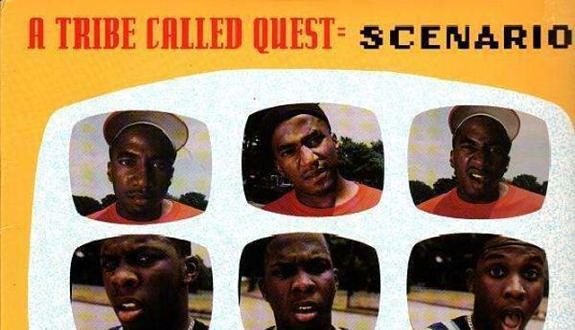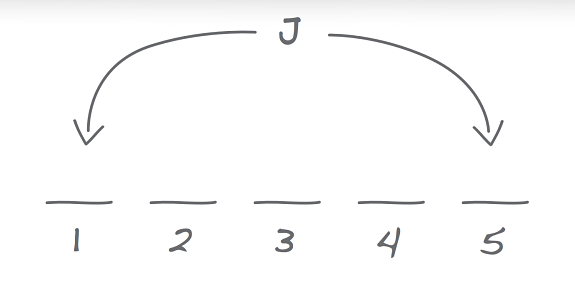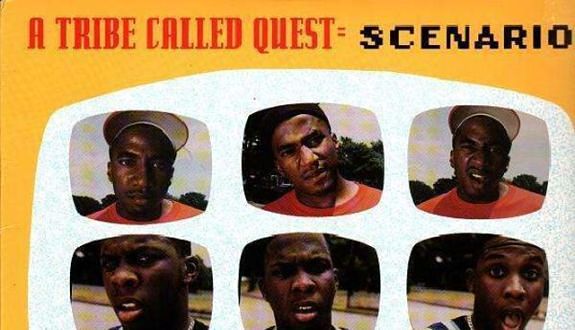
Scenarios are one of the most killer strategies for LSAT logic games. They don’t work for every game, but when you can split a game into two, three, or four possibilities upfront it’ll often make the questions just breeze by.
In general, look to do scenarios when there’s something in a game that can only go two to four ways and you think that trying those two to four possibilities would help you figure out other thinks in the game. Some kinds of rules lead to scenarios more often than others, so today we’ll cover rules in ordering games that often make scenarios a good idea. If you see one of the following things in a game, it doesn’t necessarily mean that you should do scenarios. But the thought should at least cross your mind.
Blocks
We call ordering rules that state there’s a concrete spatial relationship between two or more players a “block.” For instance, a rule that said that the Nissan must be parked in the spot immediately after the Maserati would be considered a block.

Big blocks almost always lead to good scenarios. And the bigger the better. The bigger the block, the fewer places it can go. If you get a rule that exactly two cars are parked between the Ferrari and the Hyundai, that block takes up four spots. In a game with seven spots, that would limit the block to at most four positions. Interactions with the other rules might further limit the places the block can go. And since the block is so big, it’s likely to affect the other rules and tell you more about the game.
Even smaller blocks can make for good scenarios. A small block might be limited to two or three spots by the other rules, in which case you should consider trying those out and doing scenarios. I wouldn’t even rule out doing scenarios when the block isn’t so limited, though. Suppose you’re staring at a game and you know the rules work together but you just can’t figure out how. There’s a block that can go, say, five or six places. I’m not usually in favor of doing that many scenarios but it beats the hell out of staring at the rules and getting nowhere. Don’t be afraid to try it. Sometimes it’s really helpful.
“But not both” rules
Any rule that specifies that one or the other or two things will happen, but not both, can go exactly two ways: one of the things happens, or the other happens. That’s tailor-made for scenarios. There’s one type of rule like this in particular that should make you do scenarios almost every time you see it. It’s a rule that goes something like this: Wilfred goes at some time before Xavier or at some time after Zane, but not both.
If W is before X, the “but not both” means that W is before, not after, Z. Likewise, If W is after Z, the “but not both” means that W is after, not before, X. That leaves two possibilities: W is before both X and Z, or after both X and Z. There are your two scenarios. In a game like this, the scenarios are often just two different ordering chains (Blueprint students, think lesson 1) based on the two variations of the rule.
Options and arches
Options are when a spot in the diagram is limited to two players. For example if either Susan or Winston is third.

Arches are when a player is limited to two spots—say, if the Jung is parked in either the first or fifth spot.

These kinds of rules sometimes make for good scenarios but just as often don’t.
How do you tell? It’s all about the other rules. If you can see that trying the two possibilities will greatly affect the other rules and maybe even start a kind of domino effect, then definitely do the scenarios. But if the rule kind of stands alone, and there are no other rules about the same players or the same spots, then it’s probably not worth doing the scenarios.
Last piece of advice
Finally, a couple pieces of advice for doing scenarios. When you do scenarios, it’s critical that what you have on your page represent not just a few possible outcomes for the game but all of the ways the game can go. To make sure of this, I like to set up all of my scenarios before I fill anything in. If my scenarios are based on a block that can only go three places, I’ll start by sketching out those three places. Then, before I go on, I double-check that those three places are indeed all of the possibilities for the block. Only then do I look for further deductions. And as you look for those further deductions, be careful to put only things you know for sure into each scenario. There’s nothing wrong with blank spots in a diagram. There’s a lot wrong with having things that don’t have to be true in a scenario.
And as you practice, if you’re on the fence about whether to do scenarios, try them. If you try them, you’ll find out whether they’re useful. If they are, you’ll know to do them next time you see something similar. If they’re not useful, you’ll have to do the same work you would have had to do if you hadn’t done the scenarios. Either way, you’ll learn something. If you don’t do them, you won’t find out. So when in doubt, do them.




